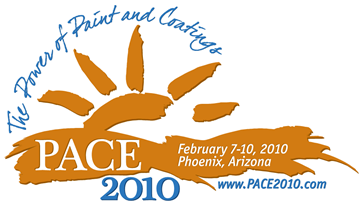Search
Products tagged with 'inspection optimisation'
View as
Sort by
Display
per page
Defining the Inspector’s Role and Responsibility an Essential Element of Successful Coating Project
Product Number:
41210-552-SG
Publication Date:
2010
$20.00
IR 4.0 Integrity Management Using Data Analytics
Product Number:
MPWT19-15487
Publication Date:
2019
$0.00


